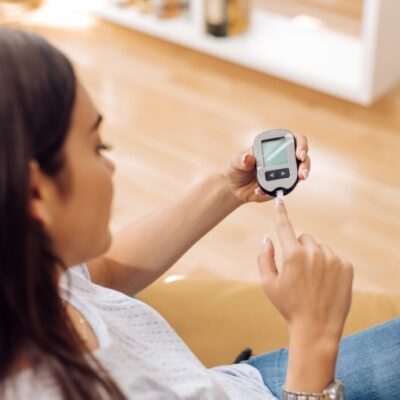For chronic conditions such as congestive heart failure (CHF), remote patient monitoring (RPM) is crucial to ensuring the health and safety of patients between regularly scheduled visits. CHF is a condition in which the heart does not adequately pump blood through the body. This can result in heart failure, a life threatening emergency which can occur at any time between sporadic visits to doctors offices.
What is remote monitoring for congestive heart failure?
Monitoring CHF remotely enables doctors to track patients regardless of their location, ensure that their biometrics are within a safe range, and even predict and prevent future heart failure. RPM approaches that rely on non-invasive remote devices are incredibly useful for large patient populations and pose lower risk and cost relative to invasive remote care and devices.
For CHF patients, wearing an emergency watch allows them to track their heart rate and activity levels, biometrics that can indicate signs of heart failure to practitioners. Lack of physical activity and irregular heart rates are strong risk factors for CHF and are helpful in identifying patients who are at risk of CHF or at risk of heart failure. This monitoring is also helpful in determining the proper treatment and management plans for both previously and more recently diagnosed CHF patients.
How can remote patient monitoring help congestive heart failure?
RPM is a life saving program for Medicare patients suffering from chronic conditions like CHF. Continuous monitoring also allows the physician to patient relationship to be strengthened so that trust can be established and behavioral predictions can be made on behalf of the practitioner. The CHF patients that benefit most from RPM tend to be at higher risk and more recently hospitalized due to heart failure, though all CHF patients may benefit from remote monitoring. Monitoring heart rate and activity levels enable clinicians to study daily behavioral patterns to develop more effective treatment and management plans. As patients are able to record and collect more data for practitioners to review, they can begin to receive more personalized, predictive, and collaborative care.
What happens if a patient displays signs of CHF?
RPM enables providers to go beyond in-person visits to assess and monitor an abundance of patient data to create personalized care plans. Clinicians can intervene and prevent the worsening of symptoms or illness by following this data closely and carefully. Identifying patterns in patient data can also lead to prevention and can key clinicians into possible signs of heart failur. If a patient’s remote monitoring device reports vitals outside a designated range, a notification will be sent to the patient’s provider. To providers, this process is called Population Health Management (PHM) and is embedded in the most comprehensive of RPM programs.
When patients report readings outside of their designated range staff are notified. Medicare requires that clinicians receive such notifications and remain informed by their remote patient monitoring system so that they can continue to be reimbursed by the program. RPM companies make population health management and Medicare reimbursement easy, keeping patients safe and clinicians reimbursed through the program. RPM gives patients the ability to measure their pulse from the comfort of their home while ensuring that they are cared for with the most personalized management and treatment plans their clinicians can provide.



